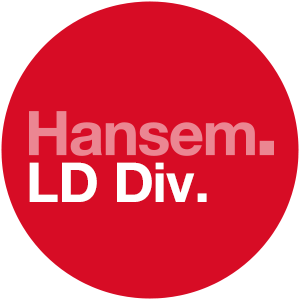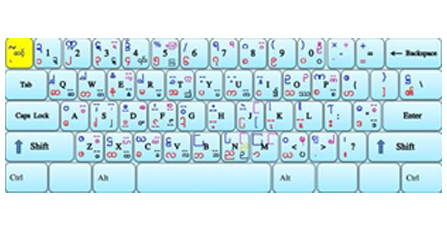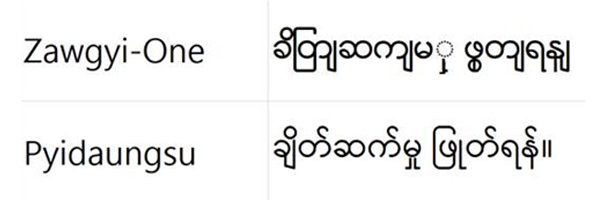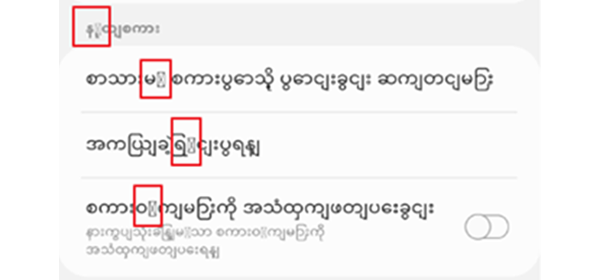

Localization


At Hansem Global, our Language Localization Team often grapples with the complexities of editing over 50 foreign languages, facing issues like character corruption. This is particularly evident when adopting the global standard Unicode method without a deep understanding of each language’s unique character system. Our team has dedicated significant effort to identifying and resolving these issues, and we’re excited to share our insights and strategies, with a special focus on the Myanmar language.
Understanding Myanmar Language Text in Global Content Development
Developing global content using Indic scripts presents unique challenges, especially with languages like Myanmar. Our aim is to shed light on Myanmar’s intricate character system, which stands out as particularly complex among Indic scripts.



Zawgyi and Unicode employ distinct font and text rendering methods, often leading to display issues when switching between systems.

Several Myanmar fonts are available, such as Zawgyi Font, Myanmar3 Font, Pyidaungsu Font, and Padauk Font. It’s crucial to prioritize fonts that adhere to international standards and ensure compatibility across diverse platforms.

Handling the Myanmar language effectively means often favoring Unicode and UTF-8 for their universal applicability. However, certain scenarios may necessitate the use of Zawgyi encoding or other specific fonts. It’s important to align with the requirements of the particular environment in these cases.
Developing a system that accommodates these unique language processing needs is essential. At Hansem Global, we use various Scripts and Greps to automatically detect and correct potential errors. Our comprehensive approach encompasses all aspects of localization, not just translation. This enables us to address issues effectively and manage complex language processing, ensuring the production of high-quality global content.
Hansem Global is an ISO Certified and globally recognized language service provider. Since 1990, Hansem Global has been a leading language service company in Asia and helping the world’s top companies to excel in the global marketplace. Thanks to the local production centers in Asia along with a solid global language network, Hansem Global offers a full list of major languages in the world. Contact us for your language needs!
 Transforming B2C Sales Training with Gamification
04.14.2024
Transforming B2C Sales Training with Gamification
04.14.2024
 The Impact of Localization on Salesforce’s Success with Hansem Global
04.07.2024
The Impact of Localization on Salesforce’s Success with Hansem Global
04.07.2024
 Mastering Right-to-Left (RTL) Language Localization: Avoid the Top 5 Desktop Publishing (DTP) Mistakes for Global Success
04.03.2024
Mastering Right-to-Left (RTL) Language Localization: Avoid the Top 5 Desktop Publishing (DTP) Mistakes for Global Success
04.03.2024